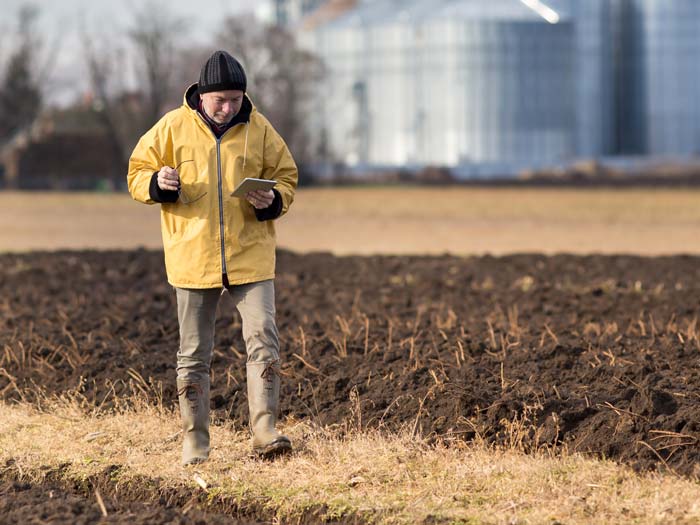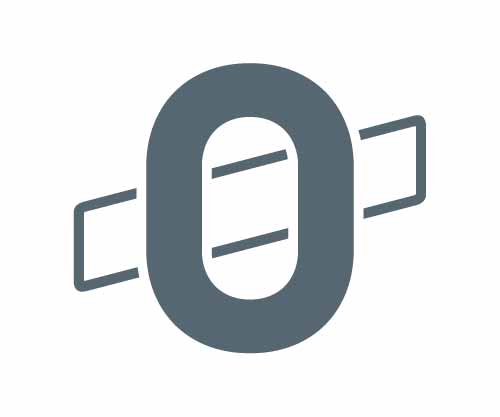Supervisors in farming and growing
19 March: Site maintenance at 16:00 GMT today - if you are logged in at this time you will be logged out briefly.

Supervisors in farming and growing
Supervisors in farming and growing

An agronomist is sometimes known as a crop vet. A practitioner in this role is much ‘greener’ than you might think.
They have protection of the environment and the maintenance of biodiversity at the forefront of their decision-making process at all times.
Just like a vet, the modern agronomy practitioner does not just use standard medical or chemical interventions.
Green Careers Week
Find out more about how different roles across farming and growing are all contributing to a better environment and protecting wildlife.
Visit our Green Careers Week page, or find out about a host of other industries, working to protect our planet.
A crop vet will also consider using biological control or even mechanical. Biological control can include the use of large, carnivorous predatory insects that target pest insects, while examples of physical control include laser weeding, robotics, and mechanical weeders.
Finally, it's more than just the crops themselves that this role holder must consider. They play a role as custodians/protectors of our soil and waterways too. They advise on precision farming methods to reduce chemical fertiliser application and regularly test the soil to assess quality and health.
You can find out more about the responsibilities of this role in our agronomist job profile.

